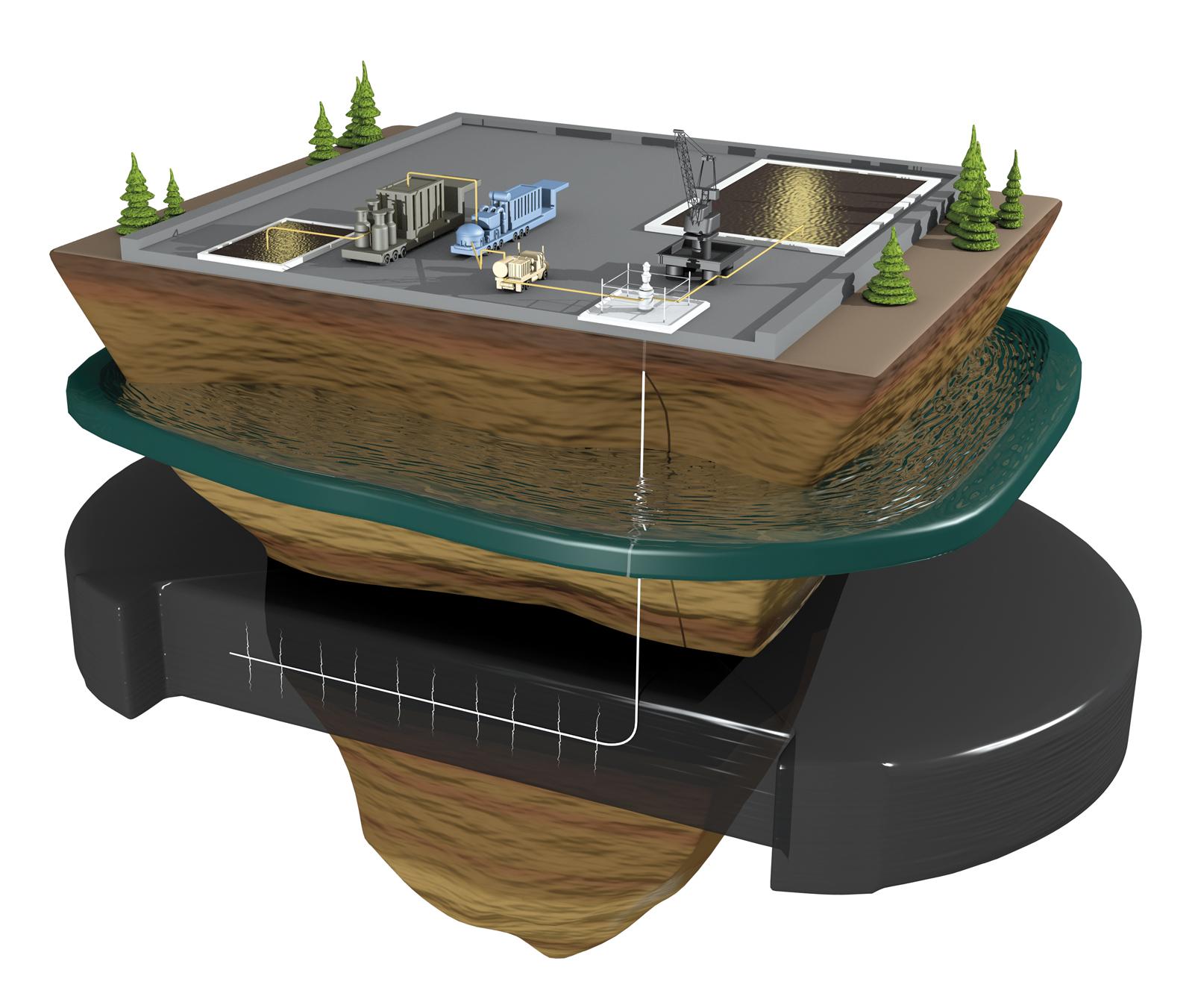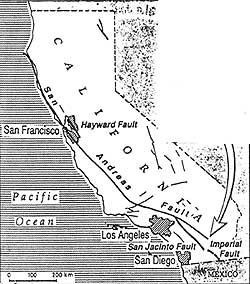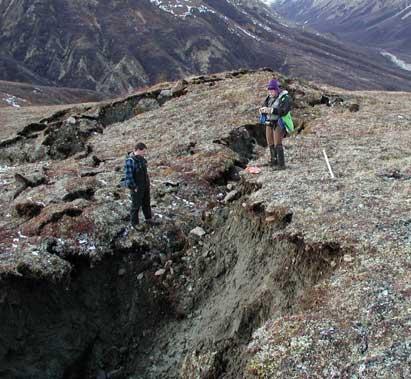Wastewater from hydraulic fracture is caused by the earthquake in the United States
2014/09/24 Carton Virto, Eider - Elhuyar Zientzia Iturria: Elhuyar aldizkaria

Researchers from the U.S. government's Gelogy Service conducted a study of earthquakes in the Raton Basin, between Colorado and New Mexico, and concluded that earthquakes caused since 2001 are the wastewater of hydraulic fracture. These wastewater are injected into underground wells and, according to the researchers, there is a clear relationship between this activity and the increase of the earthquake in the basin.
The extraction of methane from hydraulic fracture in the Raton Basin began in 1994. It began in the Colorado area, north of the basin, extending its exploitation to the New Mexico area in 1999. Since then, the seismic activity of the Raton Basin has multiplied by 40. According to data collected by researchers from the U.S. government's Geology Service, the only earthquake was greater than magnitude 3.8 between 1972 and 2001. In the period 2001-2013, 16 of which two are of magnitude greater than 5. According to the researchers, the probability that a change in the frequency of an earthquake of these characteristics is random is 3% (earthquakes of magnitude greater than 3.8 have been studied).
More water injections, more earthquakes
Geologists have compared records of earthquakes and water injections and found a strong correlation between them. On the one hand, the data show that the area was seismically stable before the start of gas extraction and that the frequency of earthquakes has increased with industrial activity. Not only that, but also the geographical distribution of earthquakes has been modified, moving from the periphery of the basin to the center, right in the area where the sewage wells are located.
On the other hand, researchers have found that earthquakes increase as the volume of injected water increases. In the Colorado area of the basin, for example, in 2001 the volume of injected water doubled from 500,000 barrels per month in 2000 to 1.2 million barrels in September 2001. Since then earthquakes have proliferated there, being the first occurred in the area of new wells. Over the entire period analysed, researchers have found that the increased volume of injected water coincides with the increase in earthquakes.
The results of the research, published in the bulletin American Seismology Association, indicate in their article that “despite the difficulty of associating a certain earthquake with a certain water injection, there are several reasons that explain that this sequence of earthquakes has been induced by the injection of wastewater”.

Gai honi buruzko eduki gehiago
Elhuyarrek garatutako teknologia





